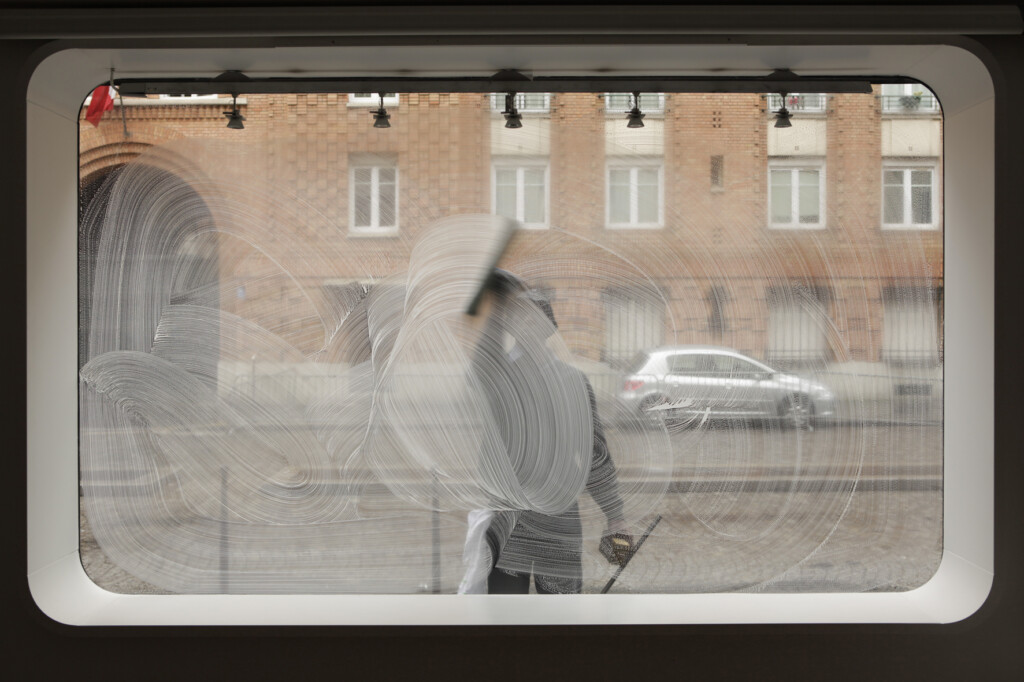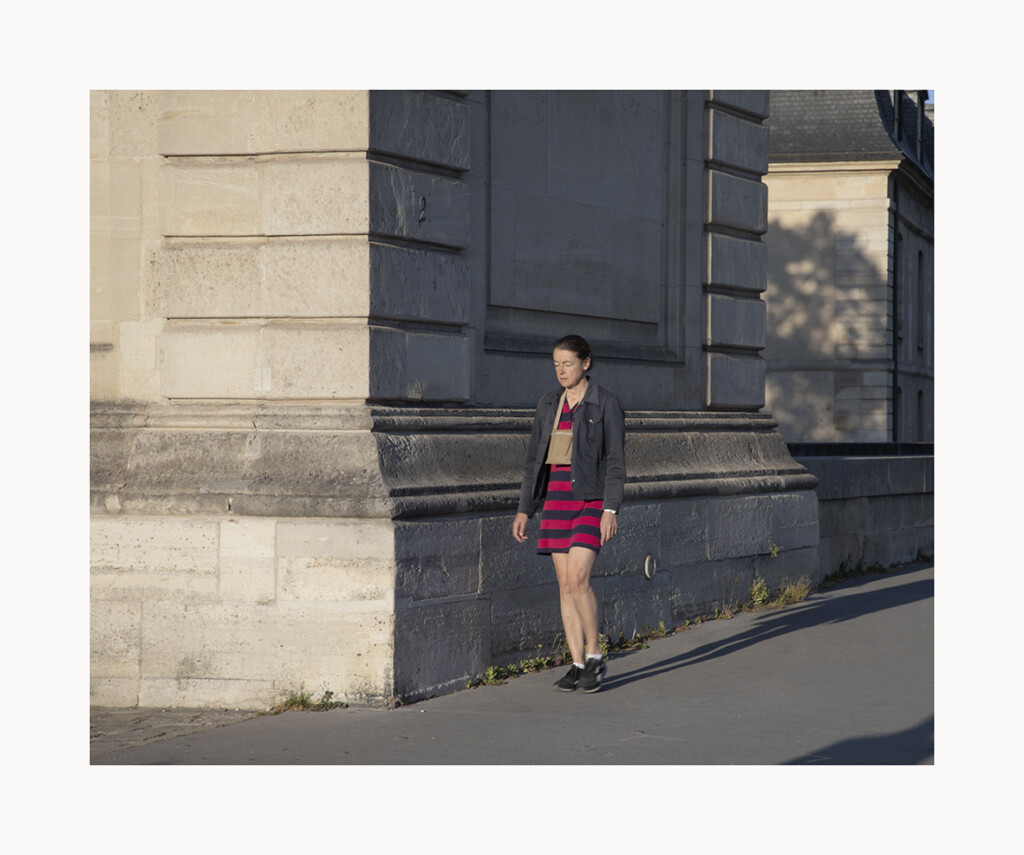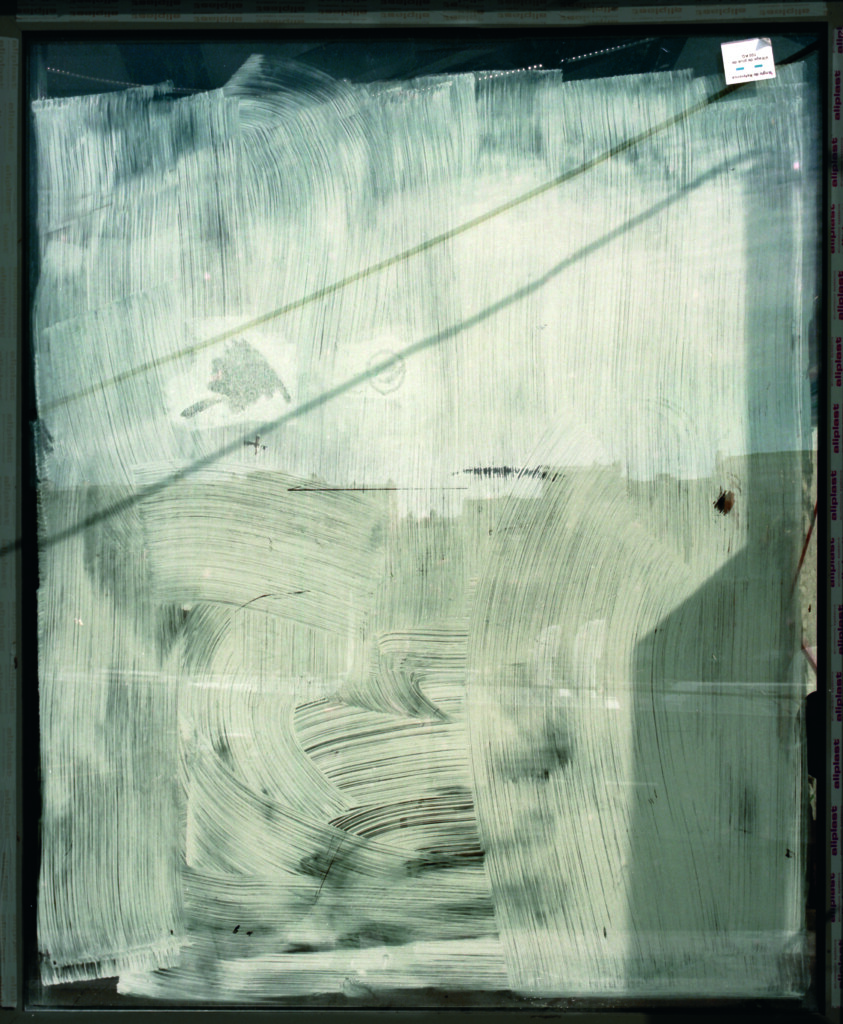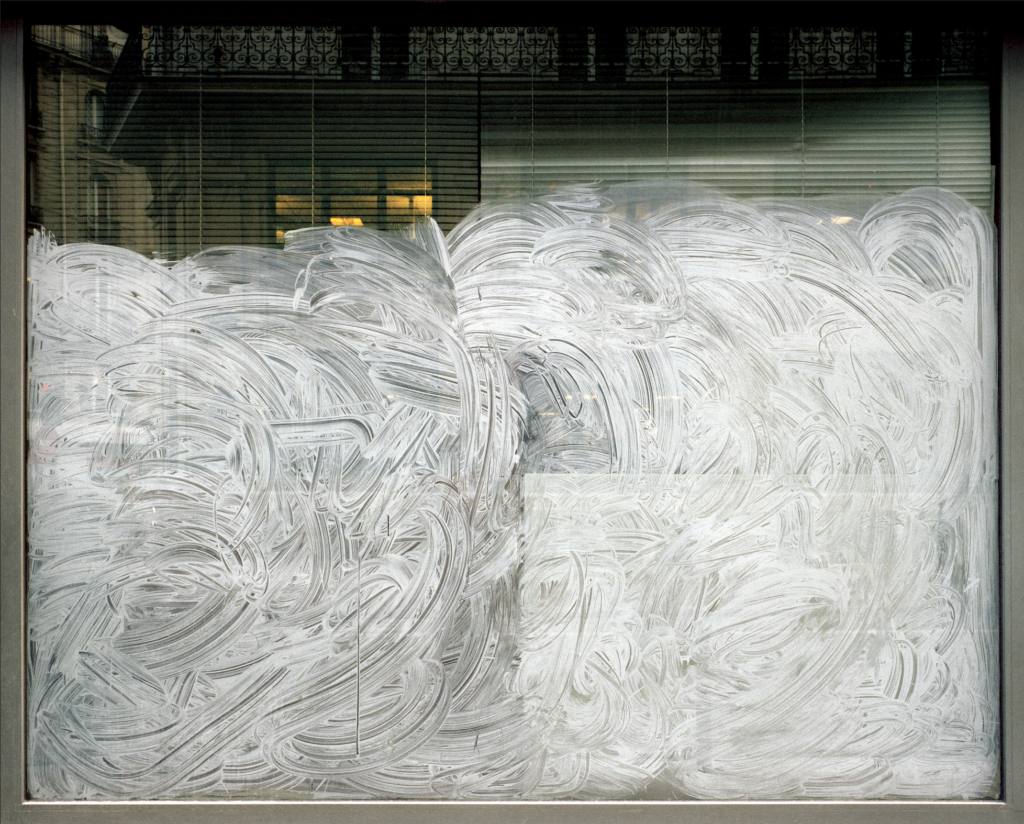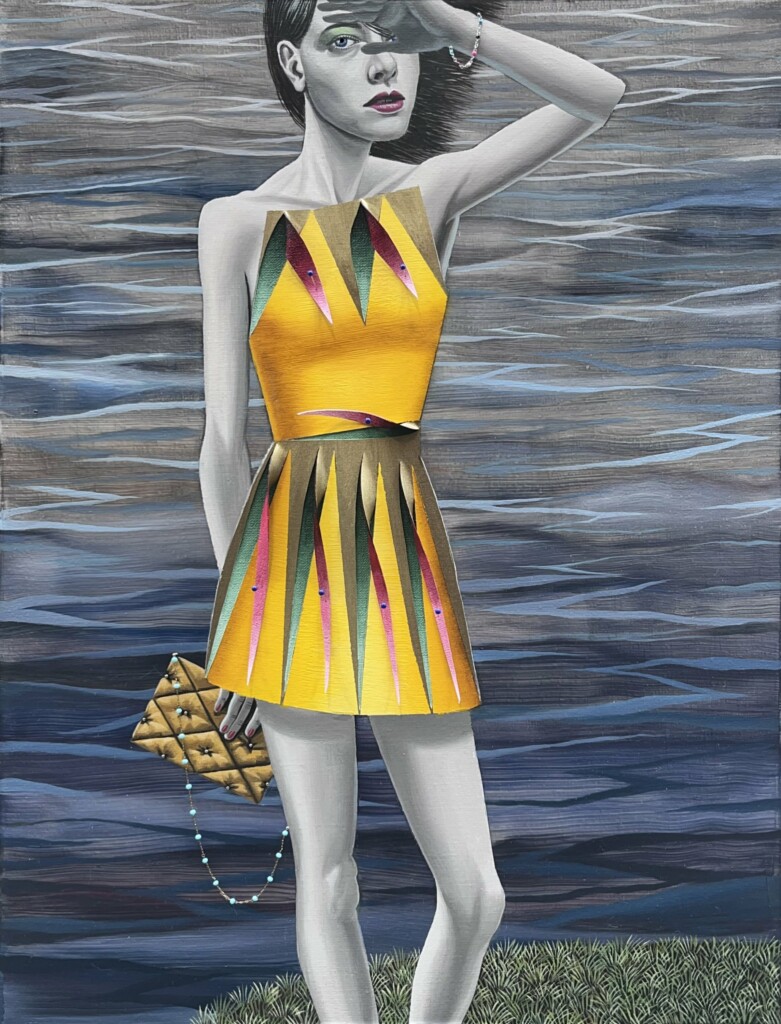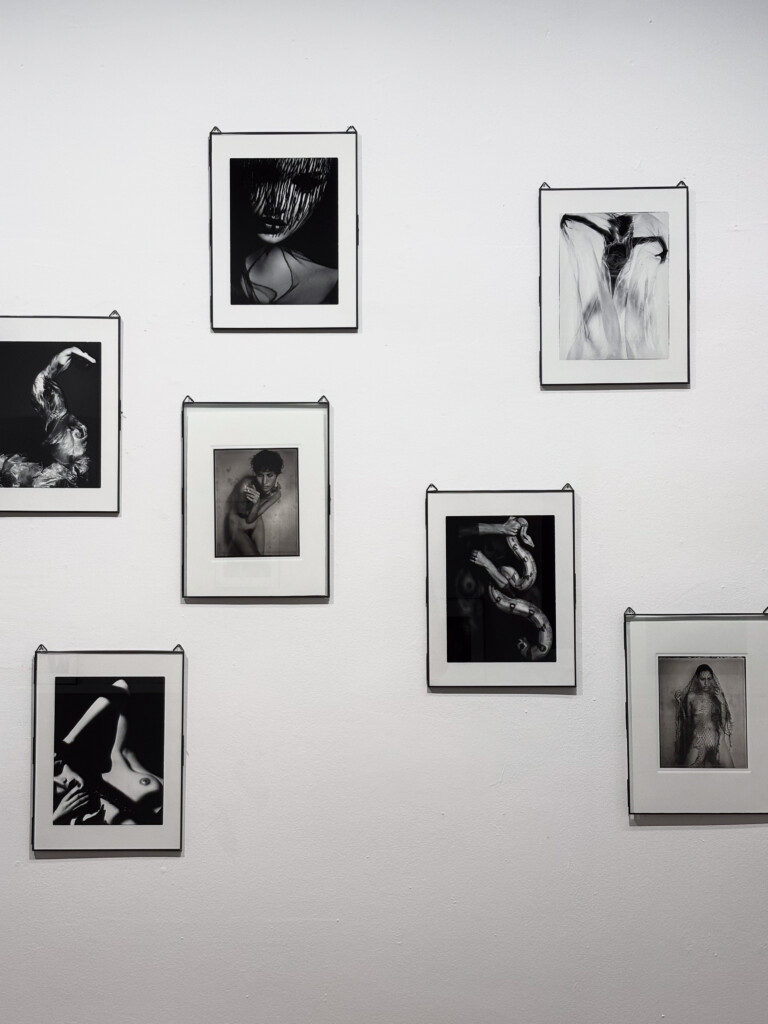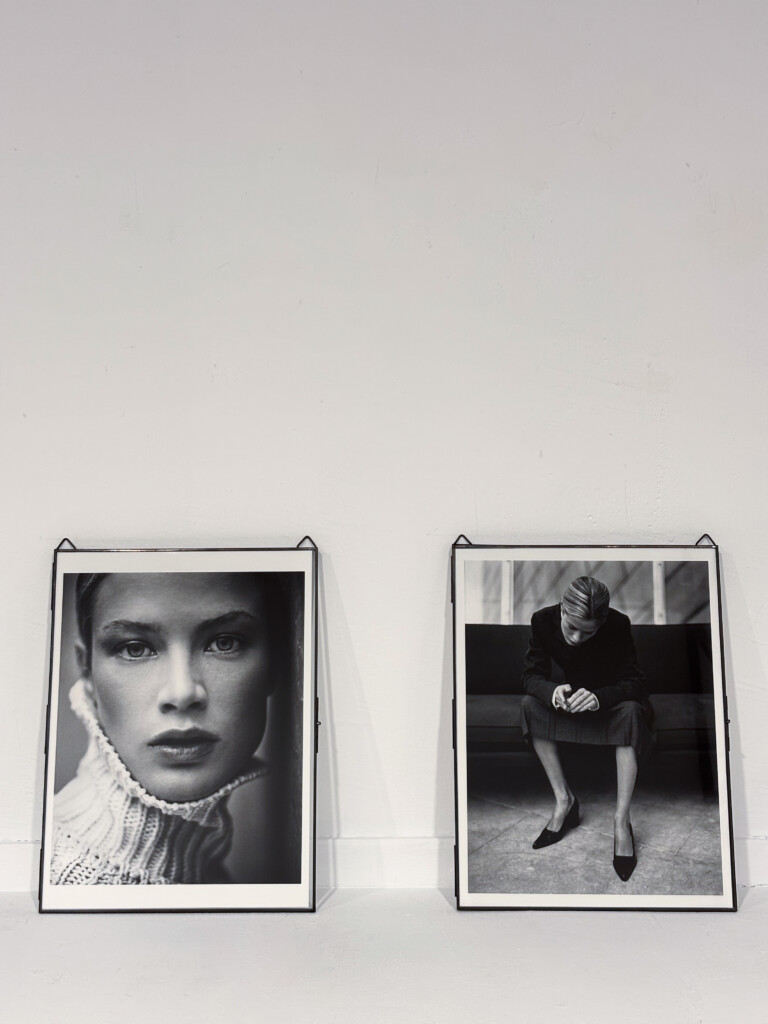- No products in the cart.
40 YEARS OF “HONEYMOON PROJECT” / MIRALDA: When Monuments Stepped Down from Their Pedestals
Forty years ago, Miralda initiated a project that radically exceeded the conventional boundaries of art. Honeymoon Project was neither a traditional exhibition nor a single performance, nor a work confined to a fixed moment in time. It was an extended, expansive, and deeply symbolic process that unfolded over six years, crossing cities, cultures, languages, and communities.
The project originated from an image as poetic as it was provocative: an imaginary courtship culminating in the symbolic marriage between two monuments charged with history and power—the Statue of Liberty in New York and the monument to Christopher Columbus in the port of Barcelona. By turning these monuments into the protagonists of a love story, Miralda stripped them of their customary solemnity and transformed them into living figures, capable of moving, relating, and mingling with people.
One of the project’s most radical gestures lay precisely in this act of descent: allowing monuments to step down from their symbolic pedestals. Over the years, Honeymoon Project activated a series of public rituals—engagements, announcements, exchanges of love letters, gifts, and celebrations—in which thousands of anonymous participants took part, alongside institutions, cities, and professionals from fields as diverse as fashion, politics, and gastronomy. This was not a work to be observed from a distance; it was a work to be experienced.
Cultural exchange formed the true engine of this “honeymoon.” Gifts sent from cities around the world acted as symbolic ambassadors of their places of origin: hybrid, extravagant, and festive objects that spoke of urban identities, collective imaginaries, and cultural stereotypes. Each presentation became a public event, reinforcing the performative and communal dimension of the project.
Food occupied a central place within this network of actions. Banquets, offerings, recipes, printed menus, and edible materials from both the New and the Old World became artistic matter. Eating, sharing, and combining ingredients functioned as a direct metaphor for historical exchange between continents, while also placing the body—and the senses—at the core of the artistic experience.
Alongside celebration, Honeymoon Project consistently acknowledged its contradictions. The idyll between the two monuments also evoked the violent history of colonization, inherited power imbalances, and tensions that continue to persist today under contemporary forms of neocolonialism. The project unfolded against a particularly charged backdrop: the centenaries of both monuments and the Quincentenary of the “Discovery” of the Americas, marked by both official commemorations and strong anticolonial protests. Within this context, the work did not offer a single, fixed position but instead opened a space of friction, ambiguity, and debate.
Language was another fundamental territory of exploration. Words, translations, proper names, and signatures shifted between languages and meanings, revealing how language itself operates as a site of power, misunderstanding, and cultural appropriation.
Today, forty years after its inception, Honeymoon Project remains strikingly relevant. In a world where national symbols are once again hardening and cultural boundaries seem to be reasserted, Miralda’s project reminds us of the critical potential of fiction, ritual, and collective celebration. More than a work about the past, it was—and continues to be—an open question about how we coexist, the stories we tell, and who is invited to take part in shaping them.

























































































